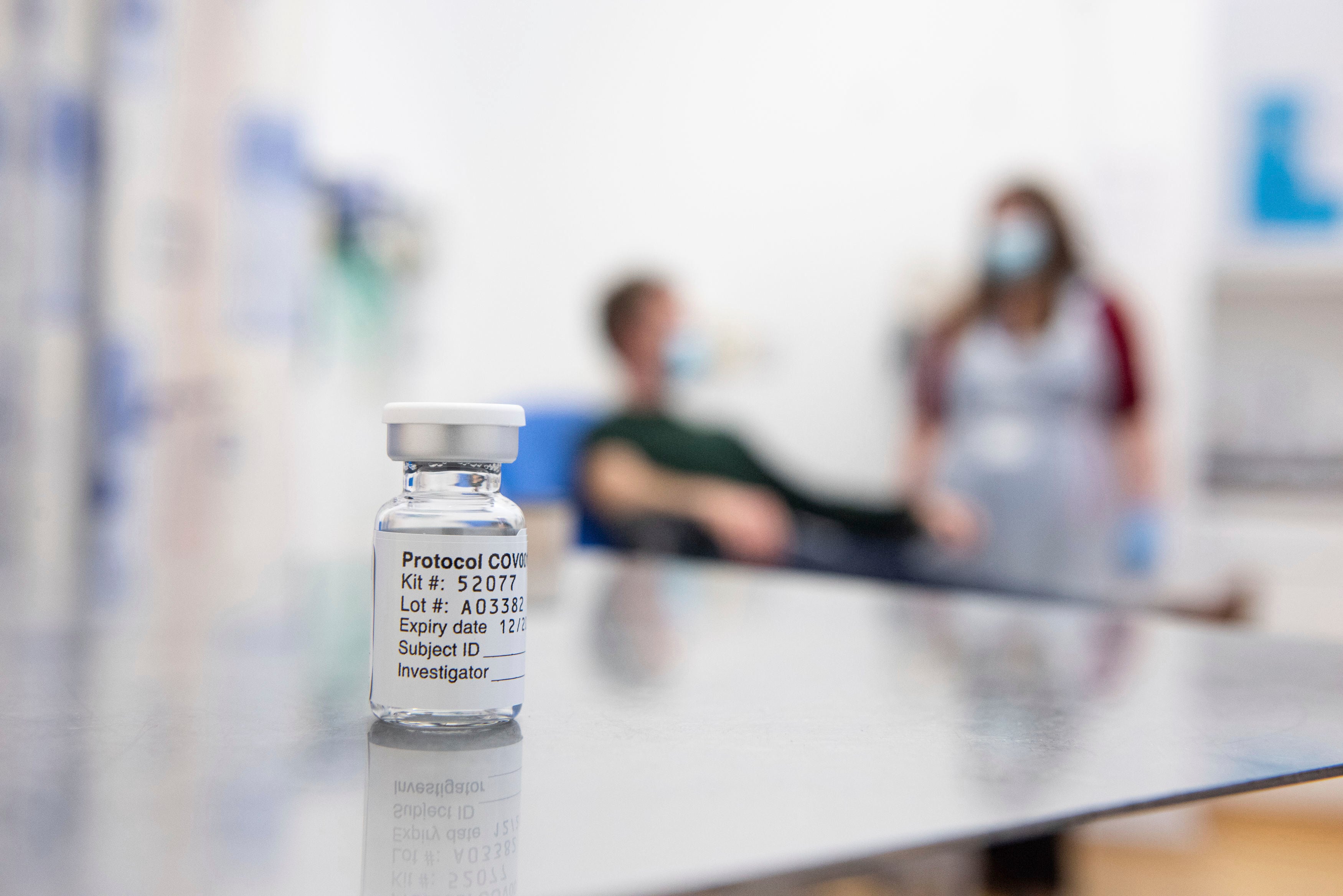There are scant details yet available on when a COVID-19 vaccine will be distributed to service members and whether it will be mandatory, the Pentagon’s top spokesman told reporters Tuesday.
The Centers for Disease Control and Prevention, Food and Drug Administration and others are coordinating to draw up plans and prioritize groups, Jonathan Hoffman said, but the military’s place in that pecking order has not yet been established.
“I don’t have information for you to share on that right now,” Hoffman said. “I’m going to defer answering that question to when we give the vaccination update in the coming weeks. And we’ll have a fuller conversation about what will and will not be required.”
Broadly, he said, the federal government is looking at first vaccinating health care workers, other essential personnel, adults with high-risk preexisting conditions and residents of long-term health care facilities.
“You’ll see from that list that the department may not have a huge number of individuals that fall into those initial categories,” he said. “Most of our personnel, particularly uniformed personnel, are much younger.”
In general, service members are not considered a particularly high-risk population, due to the overwhelmingly young average age of troops and their relative health and fitness, thanks to physical requirements and regular health screenings.
Though the infection rate among troops is on par with the general U.S. population, at about 3 percent, hospitalizations and deaths are exponentially lower.
The military does have a good deal of frontline medical personnel, however, who have been tasked with carrying out testing and initial care of Defense Department personnel, and in some cases, have deployed to the hardest-hit areas to augment civilian medical personnel.
Hoffman could not clarify whether military medical personnel will be considered, as with their civilian counterparts, high priority. That will be part of the decision making in the next month, with CDC coordination.
“As soon as we are at a place where we’re prepared, with the approval of CDC and FDA, to release that information, we’ll be doing so,” he said.
RELATED

Meanwhile, some installations are tightening up their access in response to the record-high numbers of new cases developing all around the country. This includes the Pentagon, which will be reducing its work force down from 50-percent telework back to 80-percent telework and increasing temperature screenings at entrances, upgrading to Health Protection Condition B+.
“We have seen DoD facilities across the country adjusting their health condition levels in the last few weeks, depending on local conditions,” he said, specifically calling out Naval Station Norfolk, Va., which upgraded to HPCON C last week. “And we expect to see other increases in the coming weeks.”
The Pentagon and other installations spent most of the pandemic so far at HPCON C, relaxing to B in late summer. Per policy, it will still be up to individual installation commanders to adjust their protection levels.
During the summer, as some restrictions relaxed amid infection spikes in states like Florida, Texas, Arizona and California, commanders did not always turn around and lock things down again. This surge is expected to be different.
“Once again, that’s going to be a decision based on local communities and the operational needs of the services and the bases,” Hoffman said. “So yes, I believe we’ll see those closures go up.”
Meghann Myers is the Pentagon bureau chief at Military Times. She covers operations, policy, personnel, leadership and other issues affecting service members.




